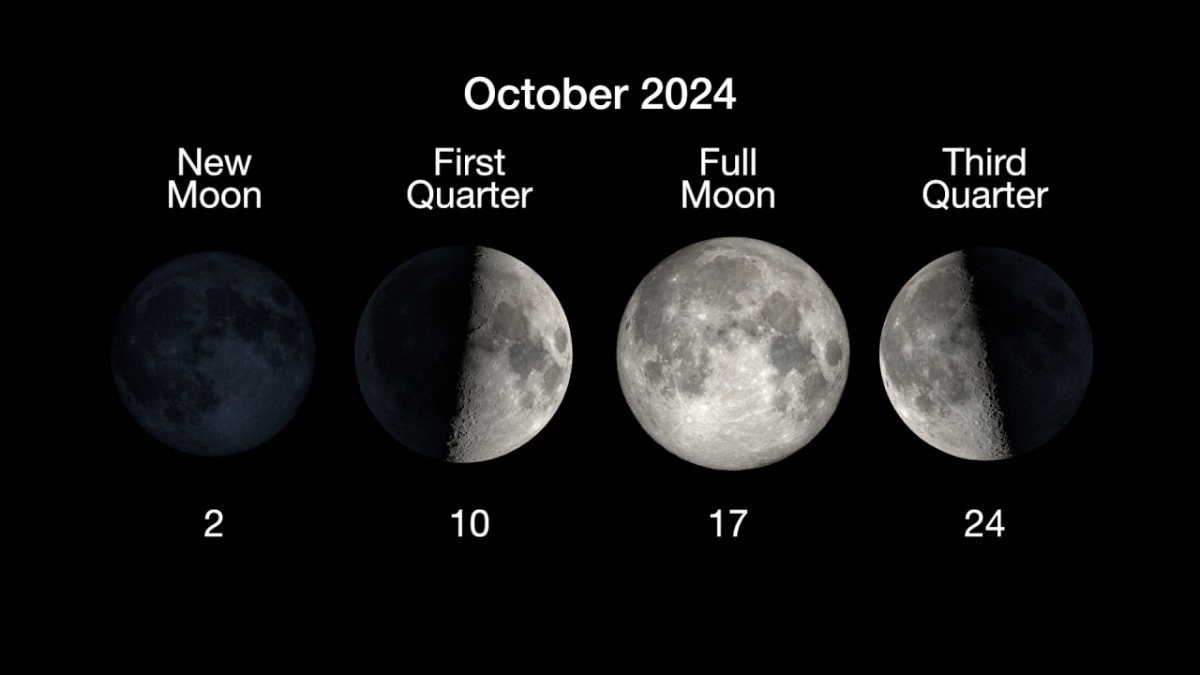Celestial Wonders: Comet C/2023 A3 and Planetary Sightings in October
October is shaping up to be an exciting month for stargazers and astronomy enthusiasts as a spectacular comet, along with several prominent planets, graces our night sky. The comet, designated C/2023 A3 (Tsuchinshan-ATLAS), promises to be a highlight for sky watchers. As the month progresses, a variety of celestial bodies will become observable, making October a prime time for evening sky observations.
Comet C/2023 A3 (Tsuchinshan-ATLAS)
Following October 14, the comet C/2023 A3 will be visible in the evening sky. Its unique features and bright tail make it a must-see for anyone with an interest in astronomy. This comet has been traveling through the solar system, and now is the perfect time to catch a glimpse of it as it approaches Earth. With optimal viewing conditions, you may even spot its sparkling tail stretching across the sky, creating a mesmerizing sight.
Planetary Sightings
In addition to the comet, several planets will also be visible throughout the month, providing an excellent opportunity for enthusiasts to witness a dazzling array of celestial bodies. Below, we’ve outlined the best times and directions to observe these planets:
| Planet | Visibility | Best Viewing Time |
|---|---|---|
| Venus | Towards the west | After sunset |
| Saturn | Southeast | After dark |
| Mars | Night sky | Throughout the night |
| Jupiter | Night sky | Throughout the night |
Venus, often referred to as the “Evening Star,” will shine brightly just after sunset, making it an easy target for viewers. Saturn, with its iconic rings, will be visible in the southeast as darkness falls, offering a chance to observe its magnificent beauty. Mars and Jupiter will both be visible throughout the night, inviting stargazers to marvel at their brilliance and wonder.
Tips for Stargazing
To enhance your stargazing experience, consider these practical tips:
- Find a Dark Spot: Choose a location away from city lights to get the best visibility.
- Use Binoculars or a Telescope: While many celestial bodies can be seen with the naked eye, binoculars or a telescope can enhance the experience.
- Check the Weather: Ensure clear skies for optimal viewing, as clouds can obstruct your view of the comet and planets.
- Bring a Star Chart: Utilizing a star chart or a stargazing app can help you identify and locate celestial bodies.
As October unfolds, prepare yourself for nights filled with celestial wonders. The combination of comet C/2023 A3 and the visibility of Venus, Saturn, Mars, and Jupiter presents an extraordinary opportunity for both novice and experienced astronomy enthusiasts. Grab your binoculars, gather your friends and family, and enjoy the magic of the night sky!












